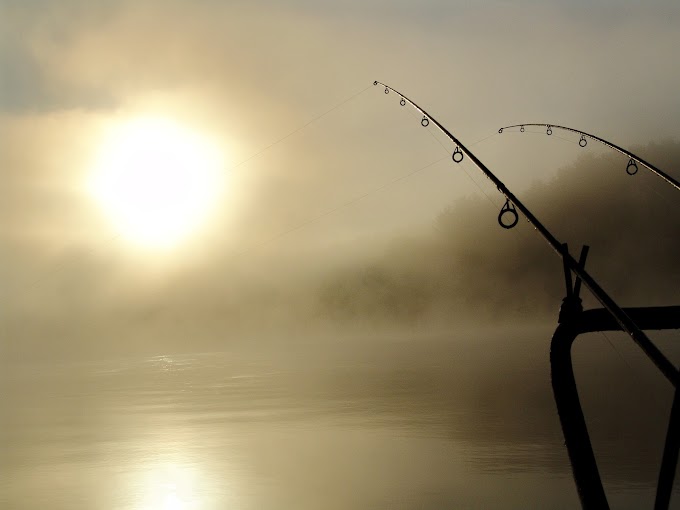Nearly 26 million people visit San Francisco each year and more of those people visit Fisherman’s Wharf than any other area of the city. Indeed, as many as 6,000 people per hour walk through the intersection of Jefferson and Powell during the peak season. What makes Fisherman’s Wharf so appealing? Read on to learn more about the Wharf’s main attractions.
Let's dive right in.
The
Unique Qualities of Fisherman's Wharf
The
History
Fisherman’s Wharf began in the
19th century as the home of the San Francisco fishing fleet. At one
time there were as many as 500 fishing boats, which were coming and
going all day long.
The Italians and the Chinese were the main rivals in the fishing industry. But due to the high degree of discrimination against the Chinese, the Italians were able to dominate the business.
The area between Taylor
and Jones Street is now known as the Italian Harbor. And many of the
restaurants, such as Scoma’s, Tarantino’s, Alioto’s, and
others, are named after their Italian founders.
Pier
39 at Fisherman's Wharf
Pier 39 is the highlight of
Fisherman’s Wharf. This pier's attractions include 110
shops, 13 restaurants, the Aquarium of the Bay, and the California
sea lions.
The sea lions are there
throughout most of the year. They only leave during their mating
season. Which takes place over about three weeks from early to late
July. Also, if you need to catch a taxi, Fisherman's Wharf’s
main taxi stand is in front of Pier 39’s main entrance.
Alcatraz
At
present, the Blue and Gold Fleet is the exclusive operator of
Alcatraz ferries. All Alcatraz ferries leave from Pier 41. During the
summer months, tickets are often sold out as much as a week in
advance. So you should purchase your Alcatraz tickets before you
arrive in San Francisco.
The
Boudin Bakery on
Fisherman's Wharf
The Boudin Bakery flagship
restaurant on Fisherman's Wharf is a huge two-story building
which houses a demonstration bakery, a restaurant, and a small café.
Throughout much of its history, Boudin was secretive about its bread
making process.
Now, you can watch the bakers at work through the 30-foot window in front of the bakery. Watch as they make bread sculptures of every kind of sea creature imaginable. If you would like to learn even more, Boudin provides guided tours until 5 PM every day.
Bistro Boudin on the
second floor has outdoor balcony seating, a big-screen TV, and a
collection of historical pictures of San Francisco.
Seafood
Restaurants on Fisherman's Wharf
The restaurant
industry began in Fisherman’s Wharf in 1916 when
Castagnola’s became the first restaurant licensed by the city to
sell seafood on the street. Many of the restaurants began as chowder
stands serving the fishing fleet.
Today, the largest concentration of seafood restaurants on Fisherman's Wharf is at the end of Taylor Street, next to the Italian Harbor. The best-known Fisherman's Wharf restaurant, Scoma’s, is the busiest restaurant in the entire city.
They have their own
fishing boat, and they do their own preparation, so you can be sure
the fish is fresh. Their specialty is blackened swordfish, which is
seasonal. They don’t accept reservations, and it is not uncommon to
wait 45 minutes for a table at dinner time during the peak season.
The Cannery on
Fisherman's Wharf
The Cannery was the first
building built on Fisherman’s Wharf after the 1906
earthquake. Originally it was a peach canning plant for Del Monte,
the largest peach canning plant in the world at that time.
After falling into disrepair for many years, the Cannery on Fisherman's Wharf was bought in 1963 by Leonard V. Martin, a San Francisco lawyer, who reinforced the exterior of the building and completely redesigned the interior to accommodate the shopping complex that is there today.
There are no chain stores
in the Cannery; each store is one of a kind. The building next to the
Cannery, the Haslett Warehouse, originally served as the warehouse
for the Cannery, and as living quarters for some of the Cannery
workers. The building now houses the Argonaut Hotel on Fisherman's
Wharf.
Ghirardelli
Square
The first building built on what is now Ghirardelli Square was the Woolen Mill, which housed the Pioneer Woolen Mill. After the Chinese Exclusion Act of 1882, the owner of the woolen mill had to fire his Chinese workers, and he went out of business.
Ghirardelli and his sons bought the building in 1892 and moved their chocolate factory to it. The other buildings of Ghirardelli Square were built over the next thirty years as the chocolate factory expanded.
In the 1950’s the factory moved across the bay to San Leandro. The owners, wanting to preserve these historic buildings, converted the square into a shopping complex, the first shopping complex built on Fisherman’s Wharf, which was completed in 1964.
Many
things To Do
As you can see, there are many things
to do at Fisherman’s Wharf. There is a great deal of history
on the streets, and on your next trip to San Francisco, we recommend
that you visit Fisherman's Wharf and have a look for yourself.
Now I'd like to hear from you.
If you found this post on Fisherman's Wharf informative please share it on social media through the buttons on this page and/or leave a comment below.
Thank You For Reading!
For more information and Cool Fishing Products check us out!






0 Comments